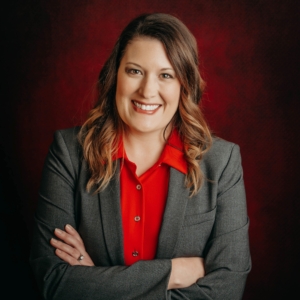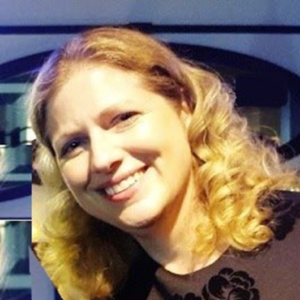Coaches Corner v.11.03.2022
Coaches Corner v.11.03.2022
Guest writer Floyd Jerkins brings us our latest installment of our Coaches Corner, v.11.03.2022.
Can You Improve Your Employees Psychological Income?
One of the most profound human characteristics centers around our need to be appreciated. When we are in a relationship where we feel appreciated and valued, our self-esteem rises, and we are much more open to making changes and being part of a team. Leaders know this and work to create an environment for people to be recognized.
Employees need economic income and psychological income. To reach peak performance, both are needed to have balance in life while the business pursues high profits. When employees enjoy the economic portion, a question is how much more commitment could they make if they had the psychological income to match?
Managers Becoming Experts in Finding the Things That Go Wrong
More often than not, managers are on the job to find the things going wrong and fix them. Many become experts at this. One of the most serious challenges in motivating people is that over time if all they hear are the negatives, it breeds a less than average mindset or one that goes all out to protect themselves from ridicule. It’s hard to build a team of high-performing champions if all they hear is what they are doing wrong all the time.
The “emotional bank account” is a theory and a practical application. The theory suggests that the more deposits you make into someone’s emotional bank account, their self-esteem increases, trust builds and makes them more open to changes. You are overdrawn in the account if you don’t make purposeful deposits. The person then closes down and isn’t up for much of anything because they are always suspicious of your motives. The practical application is to be well invested in the emotional bank account with your teams through your leadership and communications style and the consideration you show.
Catching Team Members Doing Something Right
Many times, all a leader hears in a day are the negatives. Some staff will bombard you with every negative there is. As a leader, you are often the center of communications, and this can become draining if you don’t frame these issues correctly.
This is one of the biggest keys to making happy employees. As a leader, we often forget to praise someone when they do a great job. Our heads are into other business-related issues. I don’t bet but only on sure things. And I’ll bet your business has all kinds of positive service points of contacts every day. If you didn’t, you wouldn’t last long in the business. Do you see them? Can you make it a daily practice to praise your staff when they perform the correct customer service behaviors you want to see?
A client of mine owns a few McDonalds. They installed the “thank you” process. Each employee was to say thank you when another employee did something for them, or they witnessed a fellow employee performing an uncommon act of service. All the managers started the process weeks before they rolled it out with all the staff. My friend said it was amazing how quickly this caught on and the improvement it made to the attitudes of the staff. It became contagious.
An example from another client. If an employee goes over and beyond to help a customer or assist a teammate, they will get a “good job card” with their name on it at their monthly manager’s meeting. These cards can come from managers, other employees or from customers telling management. They then would get to put their cards into a box. The manager would draw a card out of the box with a name on it. That person would then win a gift of $100 in value. A few of their people didn’t care about getting a card until they saw the same people winning. Then they joined in by trying to go over and beyond at customer service or helping another teammate to win. It became contagious.
Strategy to Make Emotional Deposits: The Magic of Dimes
Business owners go to great lengths and expense to recruit and hire the right people. I’ve always wanted people who worked for me to come to work and enjoy what they are doing.
As I mentioned in this article’s opening lines, we all have basic human tendencies. As a leader, we can nurture people through our leadership style and grow the talent we need to continue to achieve the goals and mission of the company.
Try putting ten dimes in one pocket and moving them to the other pocket one at a time with each positive message you give to someone throughout the day. The idea is to try and break old habits, and I am sure that is what many of us have. How many dimes do you have at the end of the day? Track this for a couple of weeks; you’ll be surprised. If you do well, you will also notice a change in the people around you. It is magical.
You can’t be fake about this, nor be insincere. Remember, in the absence of leadership; people will follow the strangest things. With leadership, ordinary people can do extraordinary things.








